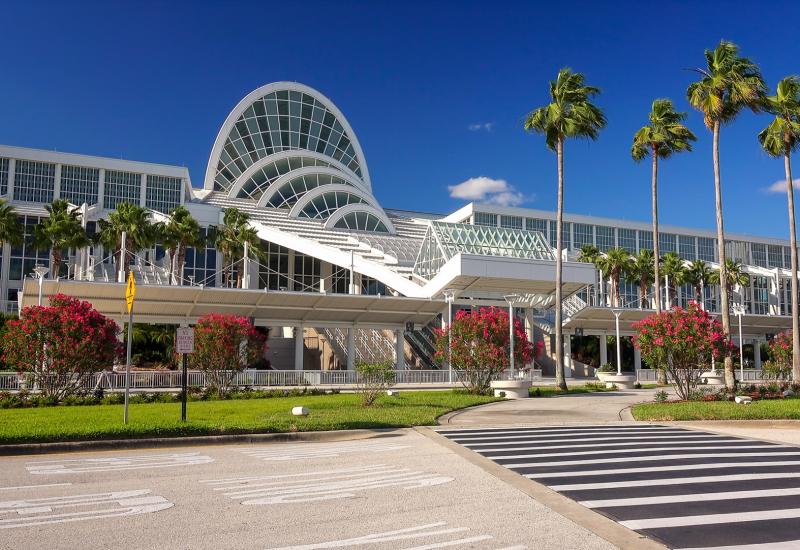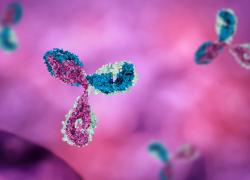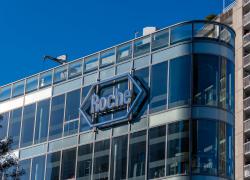
EHA 2025 – Incyte puts its foot on the CALR gas
INCA033989 looks potent in essential thrombocythemia, but already the opportunity looks tiny.
INCA033989 looks potent in essential thrombocythemia, but already the opportunity looks tiny.

Incyte, under pressure to defend its myelofibrosis cash cow Jakafi, reckons it could have the first disease-modifying treatment for a related rare condition, essential thrombocythemia (ET). The therapy, INCA033989, is an antibody against mutated CALR protein, which the group reckons accounts for a quarter of ET cases; it could be in a pivotal trial next year.
Results presented over the weekend at the European Hematology Association congress in Milan, Italy from two phase 1 studies have shown the potency of this approach, with an 83% response rate across 47 patients given any '3989 dose, including complete haematological responses in 33 subjects. One worry is that the addressable market could be vanishingly small, however.
That's because '3989 efficacy was driven by patients with CALR type 1 mutations (100% best response rate), while activity in type 2 and other mutations was a more restrained 58%. Exon 9 type 1 is the most common CALR mutation subtype, and in the two studies was seen in 57% of patients, while type 2/other accounted for 43% of enrollees.
Since ET incidence is thought to be one in 100,000 people per year, by implication only about one in 700,000 cases might be associated with CALR type 1.
INCA033989 activity in mutant CALR-positive essential thrombocythemia
Type 1 mutation | Type 2/ other mutations | All | |
|---|---|---|---|
| 24-250mg doses | |||
| n | 14 | 11 | 25 |
| Complete haem response | 13 | 3 | 16 |
| Overall best response rate | 100% | 55% | 80% |
| 400-2,500mg doses | |||
| n | 14 | 8 | 22 |
| Complete haem response | 13 | 4 | 17 |
| Overall best response rate | 100% | 63% | 86% |
| Across all doses tested | |||
| n | 28 | 19 | 47 |
| Complete haem response | 26 | 7 | 33 |
| Overall best response rate | 100% | 58% | 83% |
Source: EHA & OncologyPipeline.
Still, even the 58% response rate (63% if zeroing in on the highest '3989 doses) in type 2/other mutations is not to be sniffed at, especially if, as Incyte claims, the project is the first to hit the underlying cause of ET.
The MAb targets mutated CALR, with no effect on normal signalling. Incyte says CALR mutation leads to constitutive activation of JAK/Stat signalling, and uncontrolled proliferation of myeloid cells and progenitors. Current ET treatment involves control of blood counts and reduction of symptoms (thrombosis and haemorrhage), including with hydroxyurea.
This is undoubtedly a rare disease, but patients carry a 5-10% risk of progressing to myelofibrosis within 10 years, Incyte claims, and a 3% risk of developing full-blown AML.
Bomedemstat front runner
Perhaps the most advanced industry project for ET is the lysine-specific demethylase 1 (LSD1) inhibitor bomedemstat, which Merck & Co got as part of its November 2022 acquisition of Imago for $1.35bn up front.
Bomedemstat is in two phase 3 studies: Shorespan-006 in patients with inadequate response to, or intolerance of, hydroxyurea, and Shorespan-007 in first-line ET, where hydroxyurea is the comparator. While bomedemstat might treat ET more broadly, Incyte claims that it doesn't affect underlying disease pathology, and has more complex dosing, partly owing to side effects, than '3989.
Interestingly, Incyte has a second shot at mutant CALR in the T-cell engaging MAb INCA035784, which is about to enter phase 1. The company says INCA035784 has equipotent activity against all CALR mutation types, and binds to a different epitope than '3989. It's also developing INCB160058, which hits JAK2-V617F, another frequent driver mutation in myeloproliferative neoplasms.
However, there's one key competitor, namely Johnson & Johnson's JNJ-88549968. Like INCA035784 this is a CD3-based T-cell engager against mutant CALR, but despite starting phase 1 in late 2023 it has apparently yet to yield publicly available human data.
In addition to starting pivotal trials of '3989 next year Incyte plans development as part of a Jakafi combo, and as a subcutaneous formulation. It's also just signed a deal with Qiagen to develop diagnostics to identify patients with mutant CALR-expressing myeloproliferative neoplasms.
There's no time to waste: Jakafi could face generic competition in 2028.
2820













